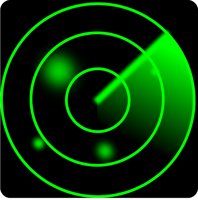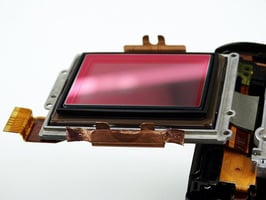The field device management (FDM) market is experiencing significant growth and transformation in...
The 3D Sensor Market in 2024: Shaping the Future of Technology
The year 2024 marks a pivotal moment for the 3D sensor market, a sector that has been steadily growing and transforming industries. From smartphones to autonomous vehicles, 3D sensors are revolutionizing how we interact with technology, providing enhanced accuracy and depth perception that traditional sensors lack. This article delves into the key trends, innovations, and future prospects of the 3D sensor market in 2024.

Market Growth and Drivers
The global 3D sensor market has seen remarkable growth over the past few years, and 2024 is no exception. According to market analysts, the market is expected to reach new heights, driven by advancements in technology and increasing demand across various sectors. The integration of 3D sensors in consumer electronics, automotive, healthcare, and industrial applications is fueling this growth. For instance, in smartphones, 3D sensors are enhancing facial recognition, augmented reality (AR), and camera functionalities, making devices more secure and user-friendly.
Technological Advancements
One of the most significant drivers of the 3D sensor market is the continuous technological advancements. Innovations in LiDAR (Light Detection and Ranging) technology, Time-of-Flight (ToF) sensors, and structured light systems are propelling the market forward. LiDAR, in particular, is gaining traction in the automotive industry for its critical role in enabling autonomous driving. These sensors provide precise 3D mapping and obstacle detection, ensuring safety and reliability in self-driving cars.
ToF sensors, which measure the time it takes for light to travel to an object and back, are increasingly being used in smartphones and gaming consoles. These sensors offer high accuracy and fast response times, making them ideal for gesture recognition and immersive gaming experiences. Structured light systems, on the other hand, project a pattern of light onto an object and analyze the deformation of the pattern to create a 3D image. This technology is widely used in medical imaging and industrial inspection, where precision is paramount.
Emerging Applications
The versatility of 3D sensors is unlocking new applications across various industries. In healthcare, 3D sensors are being used for advanced imaging techniques, such as 3D ultrasound and endoscopy, providing doctors with detailed insights into the human body. In retail, these sensors are enhancing customer experiences through virtual try-ons and interactive displays. The industrial sector is also benefiting from 3D sensors in robotics and automation, where they improve efficiency and accuracy in manufacturing processes.
Challenges and Future Outlook
Despite the promising growth, the 3D sensor market faces several challenges. High production costs and technical complexities are major hurdles that manufacturers need to overcome. Additionally, issues related to data privacy and security are becoming increasingly important as 3D sensing technology becomes more integrated into everyday devices.
Looking ahead, the future of the 3D sensor market appears bright. With ongoing research and development, costs are expected to decrease, making the technology more accessible. The adoption of 5G networks will further enhance the capabilities of 3D sensors, enabling real-time data processing and improved connectivity. As industries continue to embrace digital transformation, the demand for 3D sensors will undoubtedly rise, solidifying their role in shaping the future of technology.
For More Info: - https://www.gmiresearch.com/report/3d-sensor-market/
Conclusion
In 2024, the 3D sensor market stands at the forefront of technological innovation, driving advancements across multiple sectors. With continuous improvements in accuracy, speed, and versatility, 3D sensors are poised to become an integral part of our daily lives. As we move forward, it will be exciting to see how this dynamic market evolves and the new possibilities it unlocks.


